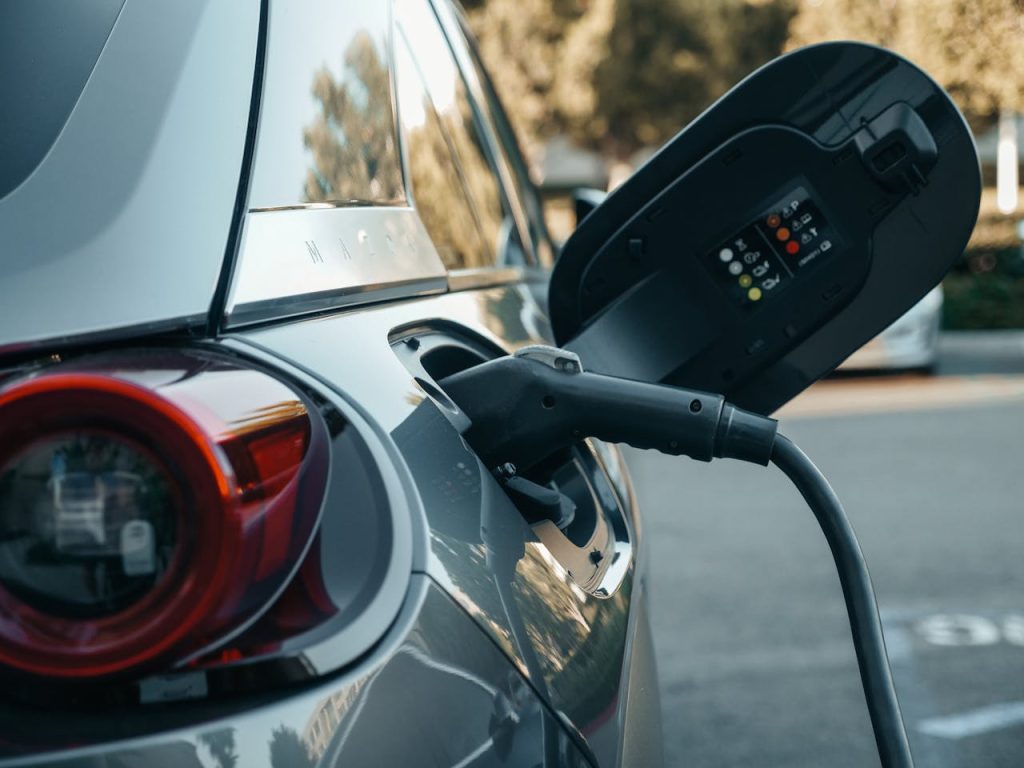The UK Pay-Per-Mile Scheme: What Drivers Need to Know
Traffic congestion, reduced fuel tax revenues, and worsening emissions are just some of the concerns that have pushed the UK to embrace new initiatives. Of the many now discussed, the pay-per-mile scheme-a system whereby motorists are charged by the mile rather than in the traditional manner of relying on fuel taxes or annual road taxes-seems to be debated everywhere.
What is the Pay-Per-Mile Scheme?
In its most basic form, the pay-per-mile system charges drivers based on the number of miles driven. This is in contrast to the present practice, wherein almost all the revenue from road maintenance comes from taxes on fuel, excise duties paid on the vehicles themselves-also referred to as vehicle excise duties or VED-and congestion charging across areas such as London. Yet, with electric vehicles achieving mainstream popularity and petrol or diesel cars dwindling, fuel taxes will fall significantly and the government will be forced to look at alternative ways of collecting infrastructure revenue.
How Will This Affect Drivers?
Pay-per-mile will have various effects on different categories of drivers. Here is the breakdown:
1. Electric Vehicle Owners (EVs)
With the UK committed to banning the sale of new petrol and diesel cars from 2035, more and more drivers are making the switch to EVs. Main Brands Such as, Tesla, Volkswagen and peugeot are leading the race. Currently, electric vehicle owners enjoy a tax advantage in that all EVs are exempt from fuel duty and-equally importantly for many owners-often pay lower VED, or none at all, depending on the vehicle. However, with regard to the pay-per-mile system, EV owners would most probably be presented with new charges depending on how many miles they travel. Although they will still save on fuel costs, they are not completely exempt from paying for their use of the roads. To those relying on driving to work, the scheme will further mean increased costs of driving especially for those motorists that have to travel for long distances.


2. Drivers from Rural Areas
Certainly, one of the most argued questions is its impact on rural drivers who have to drive much longer distances due to a lack of public transport. Certainly, in most rural areas, driving to work, school, or even to the nearest amenities is often the only practical solution, and because of this fact, rural drivers could easily pay disproportionately more under a pay-per-mile system, increasing living costs where they are based. To address this issue, a government could choose to set the rate of the congestion charge based on location or the alternative transport options. In particular, a simple flat fee could be considered as inequitable, and specific areas would be excluded from the maximum fee, at least those that do not possess excellent public transportation links.
3. Urban Drivers
For the urban dweller, this scheme may be different. While drivers in cities may not be driving as many miles, they’re also more likely to face added congestion charges or penalties because of driving in low-emission zones. As a rule, urban drivers might benefit from pay-per-mile driving if their driving distances were short and the cost less than current taxes. Still, layer on added city-specific charges-like congestion or emissions taxes-and drivers may still face high costs for road usage.


4. Business and Logistics
Paying to use the roads could have a serious financial effect on the logistics industry, such as for trucks, delivery vans, and ride-sharing companies. For businesses reliant on vehicles to move goods or services, operational costs may rise. If this happens, consumers may also eventually have to pay a higher price, as the business can always pass on the additional cost of road charges to the consumer. Efficiency may be encouraged by the need for reduced mileage, further squeezing already tight margins. Companies could use route optimization technologies, EVs, or just plan more strategically in order to temper this effect.
Recent Changes to the Uk Roads
Ban on New Petrol and Diesel Cars by 2035: The UK government has brought forward the ban on the sale of new petrol and diesel cars to 2035.
Tighter Emission Standards for Clean Air Zones: More UK cities are introducing Clean Air Zones (CAZs), where higher polluting vehicles must pay to enter.
Insurance: Most repairs carried our by PaintNation are more than 50% cheaper than the average insurance excess. Contact here for more info.
New Highway Code Hierarchy: In 2022, a new hierarchy of road users was introduced, prioritizing vulnerable users like pedestrians and cyclists. Drivers must now give way to pedestrians at junctions.
Introduction of Fines for Mobile Phone Use: As of 2022, stricter rules are in place for using mobile phones while driving. It is now illegal to hold and use a phone for any purpose.
Smart Motorways Under Review: The UK government has halted the expansion of all new smart motorways due to safety concerns.

